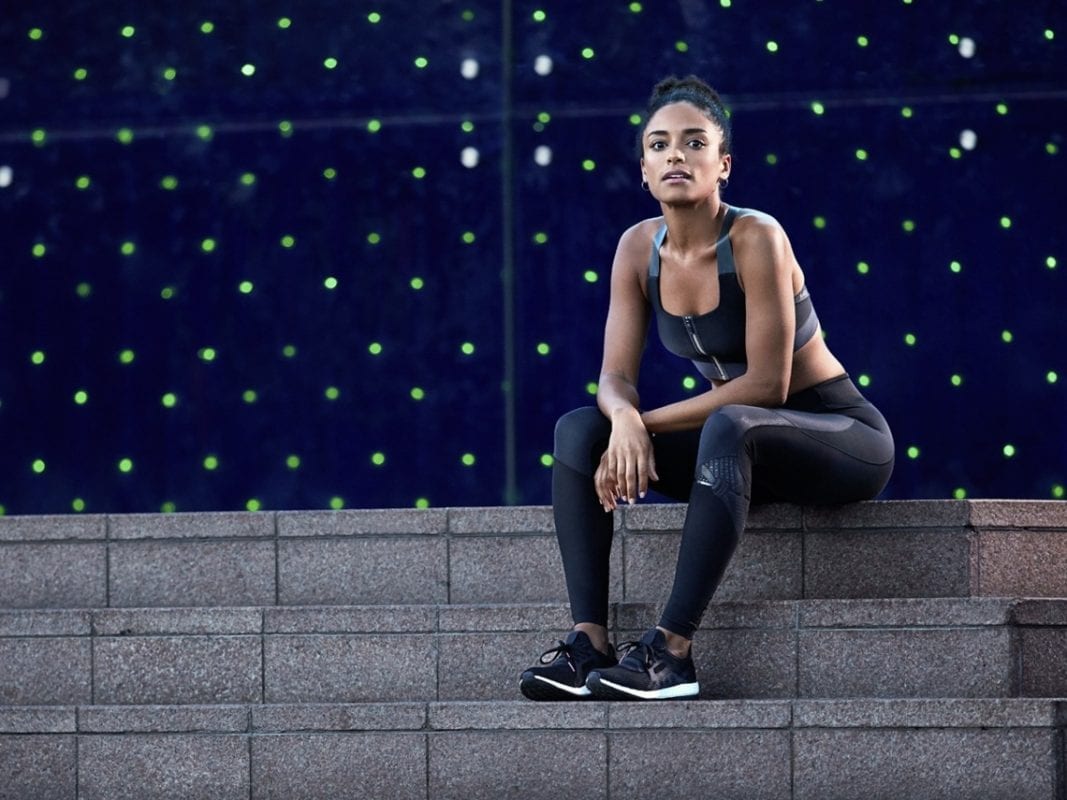Chances are that you’ve seen them. At the gym or on the street. The tighter than skin tight sleeves, socks, shirts and tights that seem ready to burst at the seams with every movement. And yet, these stretchy and secure garments hold their form and keep the wearer looking and feeling confident in their actions. They’re called compression gear, or compression garments. These unique articles of clothing have gained popularity in the fitness world for a number of reasons, but they raise some interesting questions. Is compression gear just for show? Can they help with performance? What do these clothes actually do? Thankfully, there’s been an abundance of research done into the effects of compression garments as they pertain to exercise and performance.
Improved Performance
Studies have shown small improvements in performance when wearing compression garments. Greatest improvements are shown for short sprints, vertical jumps, and maximal running endurance. The cause of these improvements is unclear but can be associated with the recovery factors that have been mentioned. Another reason may have to do with body awareness. Wearing compression garments stimulates receptors on the skin that provides more feedback to the brain about where your appendages are relative to your body. A study examined golf drives and baseball pitching accuracy when athletes wore upper body compression gear. They found that athletes were more accurate in their shots or pitches when wearing the compression garments compared to when they wore their usual gear.
A separate study examined soccer players wearing whole body compression gear for high intensity and low intensity running activities. They found that players wearing compression gear covered more distance at both intensities and were able to sustain high intensities for longer periods versus a control group wearing standard soccer gear.
Improved Comfort
The popularity of compression garments goes beyond the potential performance enhancing effects. Perhaps most importantly, they are considered to be more comfortable than traditional underwear during physical activity. Surveys have been conducted in multiple studies to examine feelings of comfort and pain when wearing compression gear. Ratings were typically high for comfort and low for pain or discomfort among the athletes. Something to keep in mind is that compression gear can come with varying levels of pressure depending on their purpose. Studies found that as the applied pressure of the garment increased, comfort decreased. Peak comfort levels were found with low-pressure compression garments.
The study that looked at golf and baseball performance also examined how the athletes felt about wearing the garments. Both the golf and baseball athletes rated the compression gear as being more comfortable and enjoyable than their usual underwear.
Improve Blood Flow and Recovery
The compressing effect of these garments has been shown to improve blood flow thereby improving waste product removal and nutrient supply at the muscles. This is beneficial because more efficient nutrient/waste exchange enhances muscular efficiency and can slow the effects of fatigue during high-intensity exercise. This effect is also useful during recovery periods when blood flow isn’t facilitated by muscle actions. Waste products such as lactic acid build up during exercise and can cause soreness after exercise. Faster removal of these products has been shown to reduce muscle soreness and reduce recovery time. This is one of the many reasons people use a leg compression sleeve to help with recovery.
Improved blood flow is especially beneficial for warming up the muscles prior to exercise. An appropriate warm-up has been shown to reduce the likelihood of injury and improve muscular performance during exercise. Compression garments have been shown to increase skin temperature of the covered areas but did not increase core body temperature.
A word of caution: Wearing compression garments in hot conditions can have negative effects when exercising. The insulating effect of wearing a compression layer can hinder sweat evaporation and cause muscles to overheat and impair performance.
Summary
You would be hard pressed to find a professional athlete who doesn’t have some form of compression garment in their training or performance wardrobe. Whether you think they look cool or goofy, the research is supportive of using them to improve exercise performance and facilitate the recovery process after training or competition. Ultimately, there has been no evidence to suggest that there are negative effects to wearing compression gear in appropriate environments. Although the improvements might be slight, the slimmest of margins could be the difference in getting onto the podium.
By Liam Armstrong








